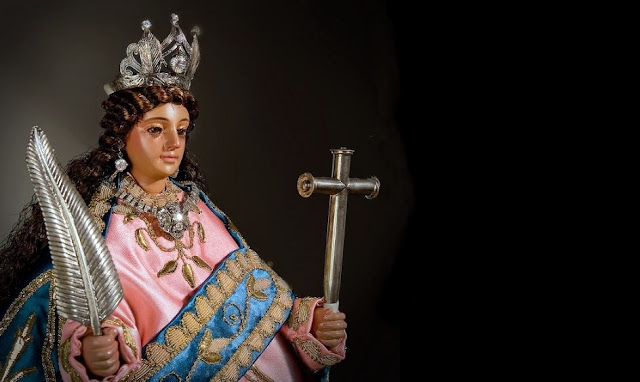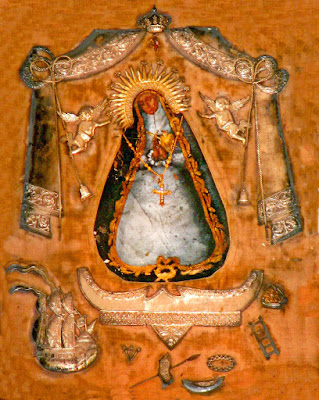El Ecce Homo and Virgen dela Cotta de Cebu - The Unsung Gifts of Ferdinand Magellan

The gifts of Ferdinand Magellan (From the left): Virgen de la Cotta, Santo Niño de Cebu, El Ecce Homo de Cebu In common Philippine history books, the majority of Filipinos would encounter that in 1521, after the Mass in Cebu, Portuguese explorer Ferdinand Magellan gave the newly baptized Raja Humabon and Hara Humaymay an image of the Child Jesus, which will later be known as the famous and miraculous Santo Niño de Cebu. However, little that the people know is that there were two more images that were given by Ferdinand Magellan to the newly baptized couple, the Ecce Homo and the Virgen de la Cotta of Cebu. Antonio Pigafetta, the chronicler of the voyage attested to this act of Magellan to the newly baptized ruling couple and their subjects. These two images were hidden for some time and later rediscovered separately and enjoyed much devotion for centuries until the Second World War came that signaled the abrupt obscurity of the devotions of these two important venerated images


